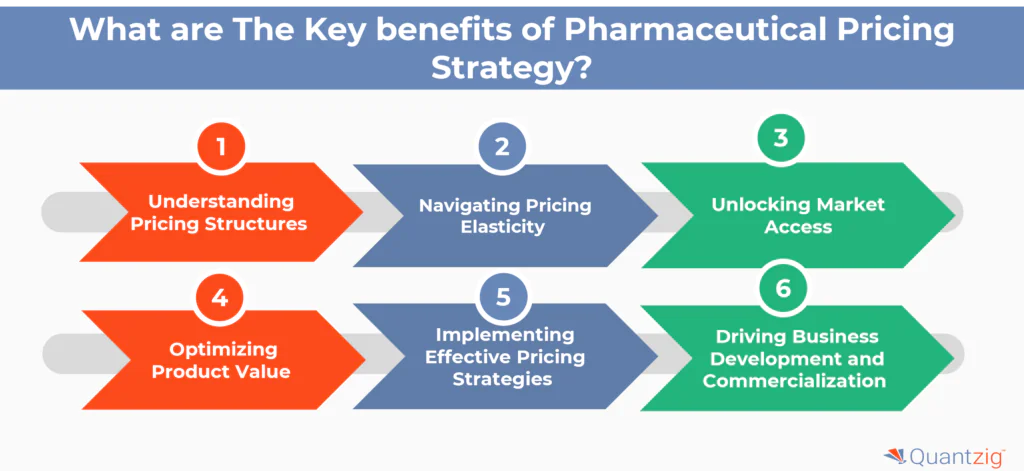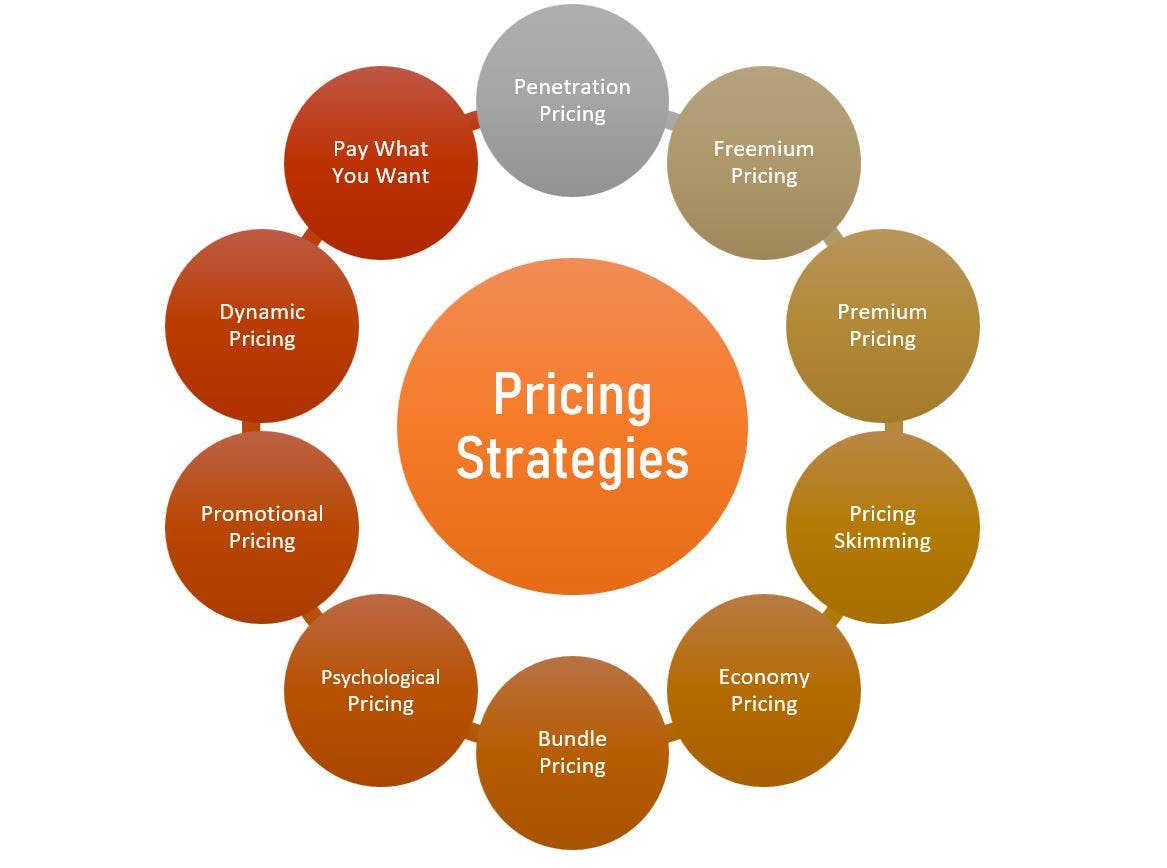Just How to Establish a Winning Rates Method for Your Service
A thorough understanding of market characteristics, consumer habits, and cost structures lays the structure for educated rates choices. In addition, examining rival prices and continually adapting your approach can enhance your market setting.
Understand Your Market
Comprehending your market is essential for creating an effective prices technique. An extensive market analysis allows businesses to determine consumer actions, choices, and perceived value of services or products. This understanding aids to establish competitive rates that straightens with what customers are eager to pay while making the most of productivity.
To effectively evaluate your market, start by investigating your target market. Segment them based upon demographics, acquiring practices, and preferences to tailor your offerings. Furthermore, analyze your competitors by examining their pricing structures, advertising strategies, and market positioning. This affordable insight exposes gaps or opportunities that can be leveraged to distinguish your products.

Eventually, a thorough understanding of your market lays the structure for a pricing approach that not only brings in consumers however additionally maintains your business in a competitive landscape. By straightening your pricing with market dynamics, you can boost consumer commitment and drive long-term growth.
Analyze Your Prices

To successfully analyze your costs, begin by developing a thorough list of all costs connected with your item or service. This encompasses straight expenses, such as production and delivery, as well as indirect prices, like marketing and management expenditures. As soon as you have a thorough review, calculate your overall cost each, which will work as a baseline for your rates decisions.
In addition, think about the influence of economies of range; as production boosts, the per-unit price may reduce. This insight can assist you determine possible rates techniques that enable competitive advantages. By completely evaluating your expenses, you equip your service to establish rates that not only cover expenses but also align with your total economic objectives, inevitably contributing to lasting growth and profitability.
Assess Consumer Worth
Client worth is a vital component fit your pricing method, as it shows the viewed benefits that your services or product provides to customers. Recognizing consumer value calls for an extensive evaluation of what your target market takes into consideration vital. This may include quality, ease, brand reputation, or one-of-a-kind attributes that distinguish your offering from others out there.
To examine consumer value successfully, involve with your clients through surveys, interviews, and feedback kinds. These straight understandings can aid recognize what elements of your item reverberate most with customers and affect their purchasing choices. Furthermore, take into consideration segmenting your client base to tailor value assessments for various demographics or habits patterns.
Ultimately, a deep understanding of customer value makes it possible for businesses to align their prices strategy with what customers are prepared to pay, promoting commitment and enhancing total market competition. This fundamental understanding will certainly offer as a crucial reference point in developing an efficient rates method tailored to your distinct organization context.
Evaluate Rival Pricing
When creating a pricing strategy, examining competitor pricing is necessary to guarantee your business stays affordable on the market. Understanding just how your competitors price their service or products offers useful insights that can inform your own rates anchor decisions. Begin by recognizing principals in your industry and examining their rates versions, consisting of discounts, packing, and any marketing methods they utilize.
Following, contrast the attributes and benefits of your offerings versus those of your rivals. This evaluation will help you identify whether you can justify a costs navigate here cost or if an extra affordable method is necessary. Take notice of customer responses and market patterns that may affect prices dynamics, as these variables can move the competitive landscape.
Additionally, think about the geographical market and target consumer sections. Competitors may have varying prices methods based on area or demographics, necessitating a tailored method for your organization. Ultimately, it is critical to monitor competitor cost changes on a regular basis, as the market is liquid and can influence your positioning. By continually evaluating and keeping an eye on competitor rates, you can make educated decisions that improve your rates approach and overall market competitiveness.
Examination and Readjust Method
Checking and adjusting your rates method is critical for preserving competitiveness and maximizing success. As market dynamics progress, customer preferences change, and new competitors emerge, your pricing needs to continue to be efficient and relevant.
To begin, apply A/B testing by providing various costs to varied consumer segments or through distinctive sales channels. Evaluate the resulting sales efficiency and customer comments to recognize optimum rates points. Make use of analytical tools to track key metrics such as conversion prices, typical deal values, and customer acquisition expenses.

Regularly solicit responses from your client base pertaining to perceived worth and prices (Pricing Strategy). This input can supply important insights that direct changes
Last but not least, keep a flexible state of mind; be prepared to pivot your technique in feedback to the data you gather. By constantly checking and refining your rates approach, you will certainly not only boost your competitive edge yet also foster long-term client loyalty and productivity.
Verdict
In verdict, creating a winning rates approach demands a comprehensive understanding of the marketplace, a detailed evaluation of costs, and an evaluation of client value. Assessing rival rates enhances strategic positioning, while ongoing screening and changes make certain responsiveness to market dynamics. By incorporating these aspects, organizations can establish a prices structure that maximizes profitability and lines up with customer assumptions, eventually adding to continual competitive benefit and lasting success in the marketplace.
Consumer value is a crucial element in forming your rates strategy, as it mirrors the perceived benefits that your product or service provides to customers. Inevitably, a deep understanding of consumer worth allows organizations to align their prices technique with what consumers are eager to pay, cultivating loyalty and improving total market competition.When establishing a rates approach, evaluating competitor prices is vital to ensure your company remains competitive in the market. By continuously examining and keeping an eye on rival prices, you can make educated decisions that enhance your pricing approach and general market competition.
In conclusion, establishing a winning rates strategy requires a detailed understanding of the market, a comprehensive evaluation of expenses, and an analysis of client worth.